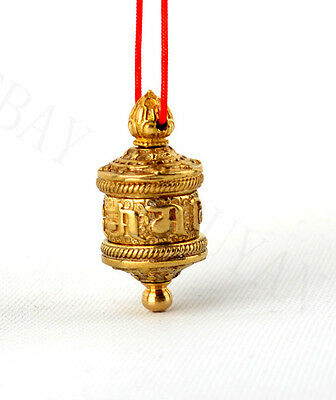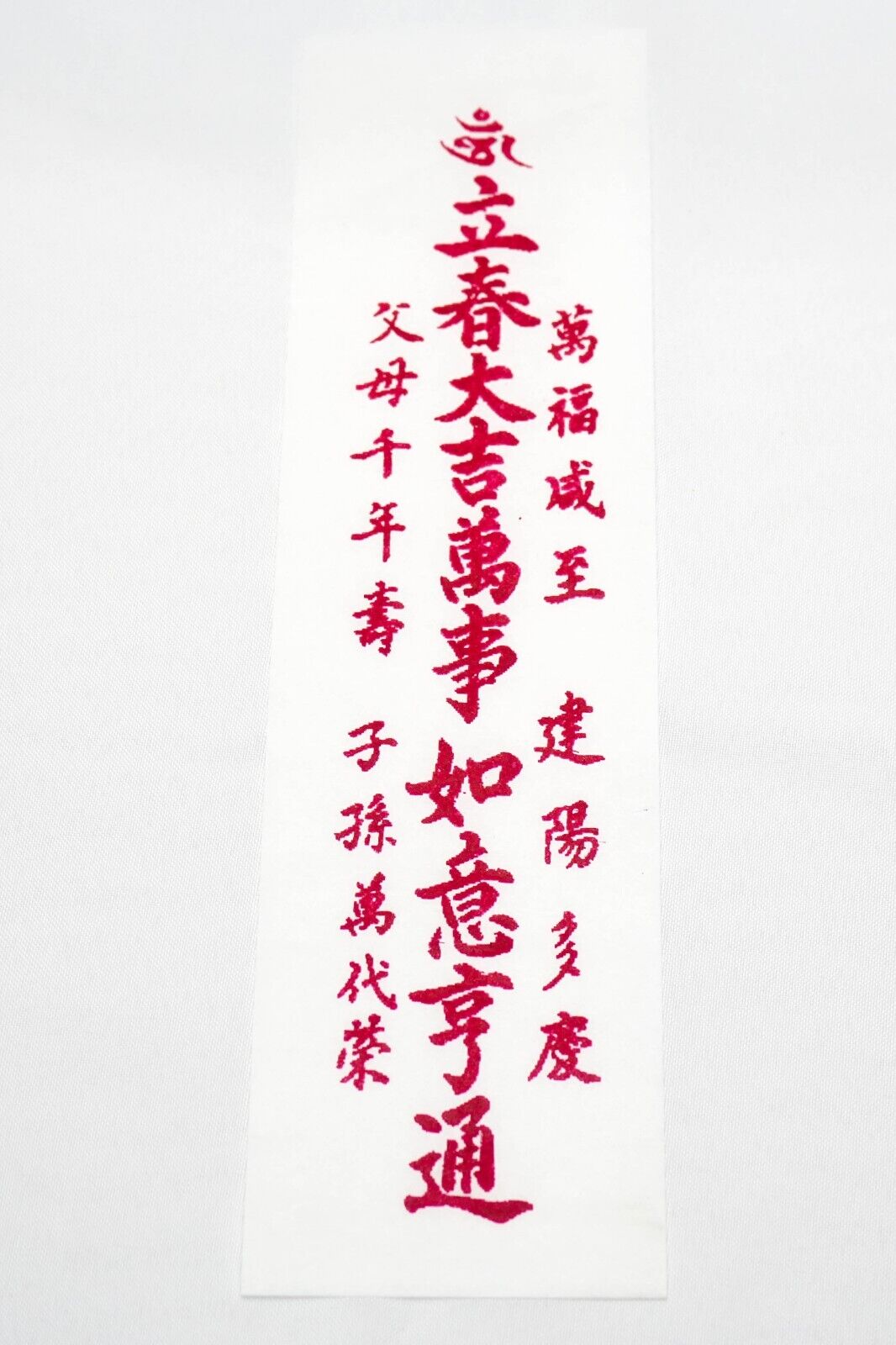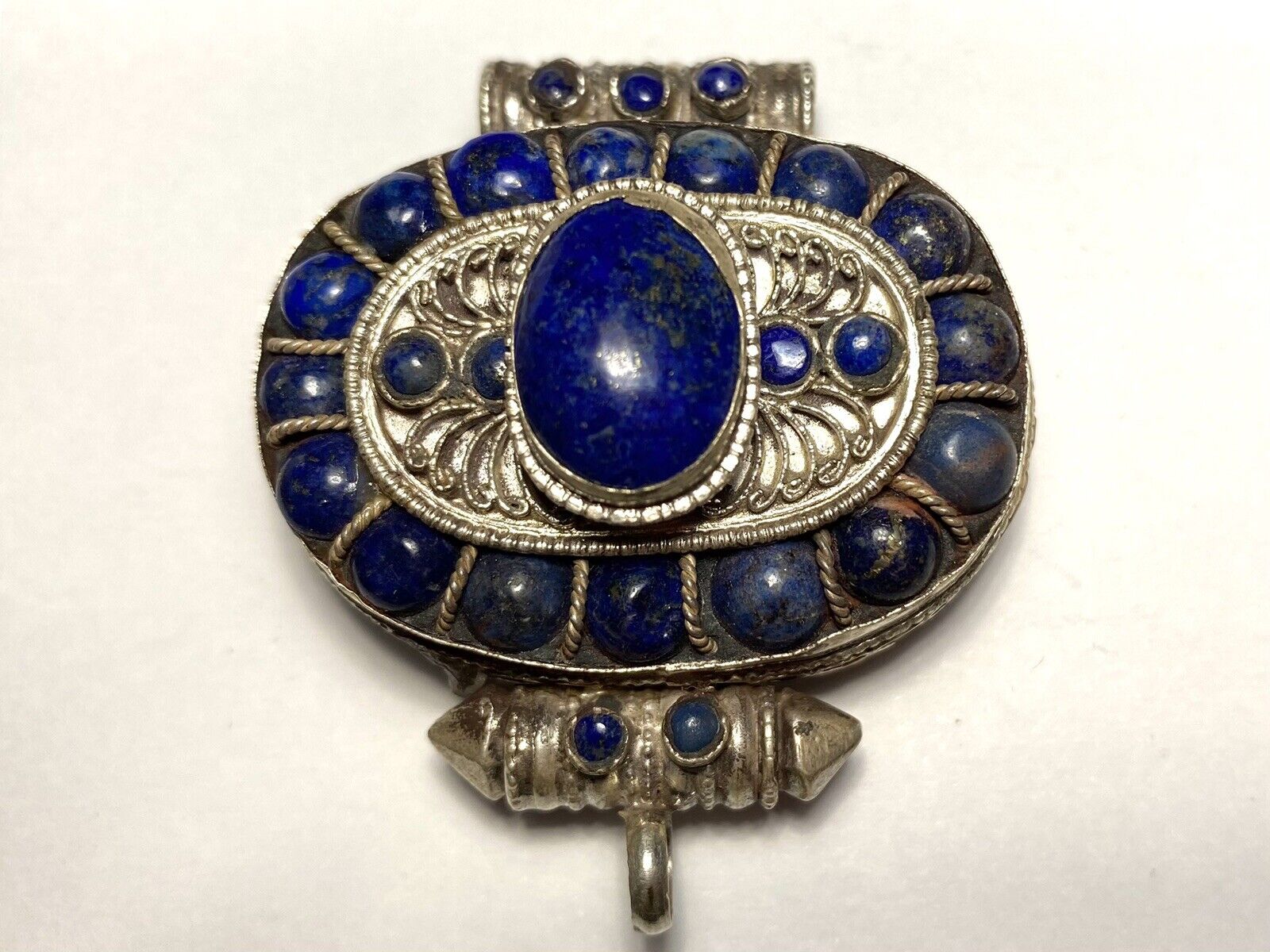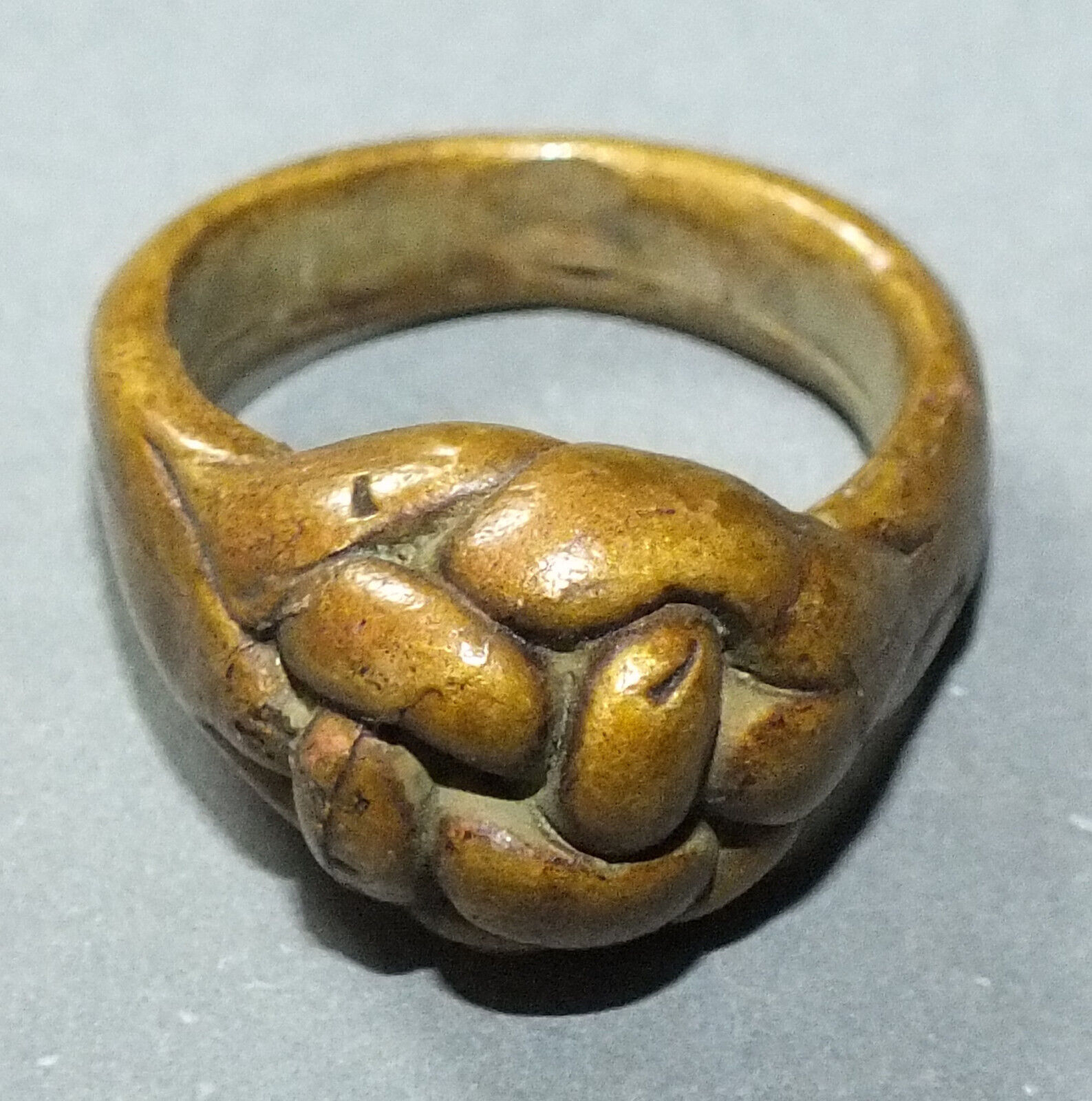-40%
1.5" TIBETAN BUDDHIST ETCHED GREEN TARA PENDANT/BLACK ROLLED CORD NEPAL
$ 8.05
- Description
- Size Guide
Description
1.5" TIBETAN BUDDHIST ETCHED GREEN TARA PENDANT/BLACK ROLLED CORD NEPALTwo sided amulet features Green Tara on the front & a beautiful lotus motif with mantra on the back side
the pendant measure 1.5" in diameter
these are hand etched in Nepal
comes strung on a beautiful black rolled cord with gold or silver hardware
Tara is the Mother of Buddhas & represents active compassion
total length of the rolled black cord is 18"
***
These symbols are:
Lotus flower. Representing purity and enlightenment.
Endless knot, or, the Mandala. Representing eternal harmony.
Golden Fish pair. Representing conjugal happiness and freedom.
Victory Banner. Representing a victorious battle.
Wheel of Dharma or Chamaru in Nepali Buddhism. Representing knowledge.
Treasure Vase. Representing inexhaustible treasure and wealth.
Parasol. Representing the crown, and protection from the elements.
Conch shell. Representing the thoughts of the Buddha.
As Buddhism spread throughout the world it picked up many symbols that were used to inspire the people who practiced the teachings of this religion. In Tibet, where Buddhism has flourished most, there are the 8 auspicious symbols that speak of various aspects of Buddhism. These 8 symbols, also known as the
Asthamangala
(Sanskrit for
astha
= eight and
mangala
= auspicious) figure on the Tibetan flag.
The Meaning of the 8 Auspicious Symbols
It is believed that each of these symbols have powers to bring blessings for which people include these in paintings, textiles, homes, and wherever else possible. The 8 auspicious symbols are the
Chattra
(Parasol), the
Suvarnamatsya
(Golden Fishes), the
Kalasha
(Pot), the
Padma
(Lotus), the
Sankha
(Conch shell), the
Shrivastava
(Endless knot), the
Dhvaja
(Victory banner), and the
Dharmachakra
(Wheel). These seem to originate from the very body of the Buddha as quoted in an ancient textbook, the ‘
Aryamangalakutanama-mahayana sutra’
or the ‘Heap of Good Fortune Verse’.
“Veneration to you with your head like a protecting parasol, With eyes like the precious golden fishes (even today a woman with beautiful eyes is known as ‘minakshi,’ meaning one with fish-like eyes) With neck like a precious, adorned vase of good fortune, With speech like a right-turning Dharma shell, With a mind infinite with wisdom like the never ending knot, With a tongue open like the auspicious pink lotus, With a body proclaiming triumph over the attacking armies of Mara, With feet that tread the path of dharma like the auspicious wheel.”
[as quoted in Religionfacts.com – The Treasure Vase]
Chattra
(Parasol, in Tibetan –
gdugs
) – the parasol is the symbol of royalty. In Tibet, religious heads use silk parasols, while kings and emperors use parasols with peacock feathers on it. His Holiness the Dalai Lama is entitled to use both the parasols; and hence, a peacock is first carried after him and then a silk one. The meaning of the parasol comes from its two components – the dome, which is a symbol of wisdom and the hanging skirt, which is the meaning of compassion.
1.
Suvarnamatsya
(Golden fishes, in Tibetan –
gser nya
) – the golden fishes are the symbol for happiness. They also symbolize fertility, conjugal unity. In China, it is very common to give newlyweds a gift of two fishes.
2.
Kalasha
(Vase/ pot, in Tibetan –
gter gyi bum pa
) – this is a short-type vase/ pot that has a large belly, narrow neck and large mouth. It is normally associated with abundance. In Buddhism, the vase symbolizes the never-ending spiritual abundance of Buddha Himself. This is like a divine treasure that never ends or diminishes no matter how is given away.
3.
Padma
(Lotus, in Tibetan
padma
) – the lotus flower in Buddhism is the symbol of the path of the soul; it represents the spirit of human beings, which is spotless. Just like the lotus flower that starts its growth in murky mud and blooms above the water into a majestic fragrant flower, the soul of humans moves from materialism to spiritualism to become one with the Universe.
4.
Sankha
(Conch Shell, in Tibetan
dung dkar
) – the conch has many meaning in ancient religious texts. It is often associated with absolute and divine power that can abolish evil, avert natural disaster and send away scary creatures. In Buddhism, it is a symbol that indicates fearless proclamation of truth. It is also symbolizes the wide-spread of Buddha’s teachings.
5.
Shrivastava
(Endless Knot, in Tibetan
dpal be’u
) – this is a design that has many lines overlapped; it has no end or beginning. The pattern symbolizes the Buddha’s infinite wisdom and compassion. It also is a symbol for simplicity and total harmony.
6.
Dhvaja
(Victory banner) – it is said that Buddha Himself placed a victory banner on Mt Meru, which is believed to be the axis that supports the world. By doing so, the Buddha indicated His victory over ignorance, which is the main obstacle in the path of spiritual realization.
7.
Chakra
(Wheel, in Tibetan
khor lo
) – this wheel is also known as the ‘Wheel of Dharma’, the ‘Wheel of Law’, and the ‘Wheel of Transformation’ among others. Each part of the wheel has a deeper and spiritual meaning:
the hub means mental discipline
the 8 spokes mean the Noble Eightfold Path, the path to wisdom
the rim symbolizes the concentration needed to keep them all together
There is a lot of depth in each one of these symbols. The more you learn about them and their connection to Buddhism, the better you understand and admire this religion. You could learn more from the famous book on Buddhism, “
Reading Buddhist Art: An Illustrated Guide to Buddhist Signs and Symbols”
, by Meher McArthur.
Buy With Confidence:
We are practicing Buddhists
We respect the importance of these religious materials
We use the same products that we sell
USA-based
View more great items

















